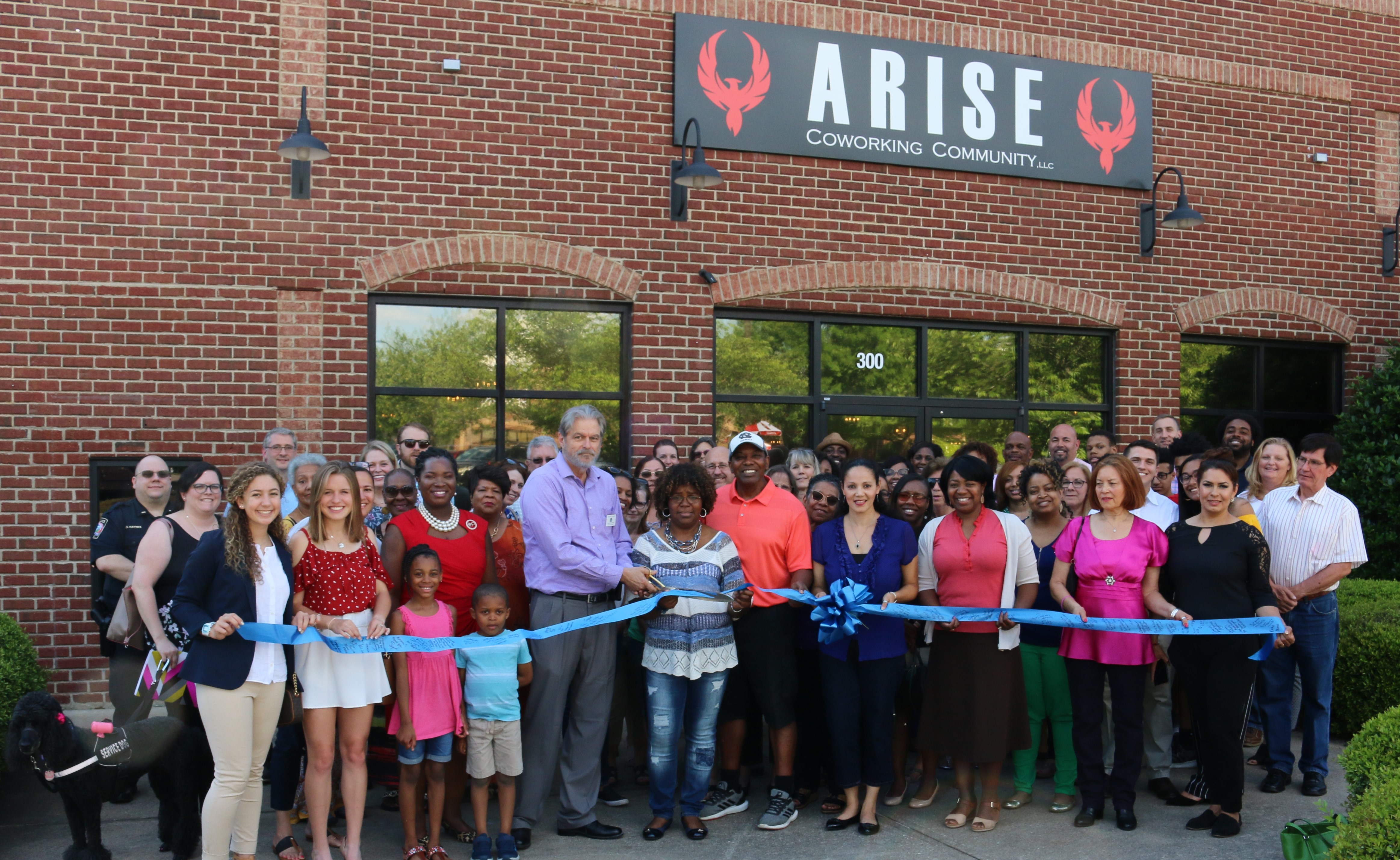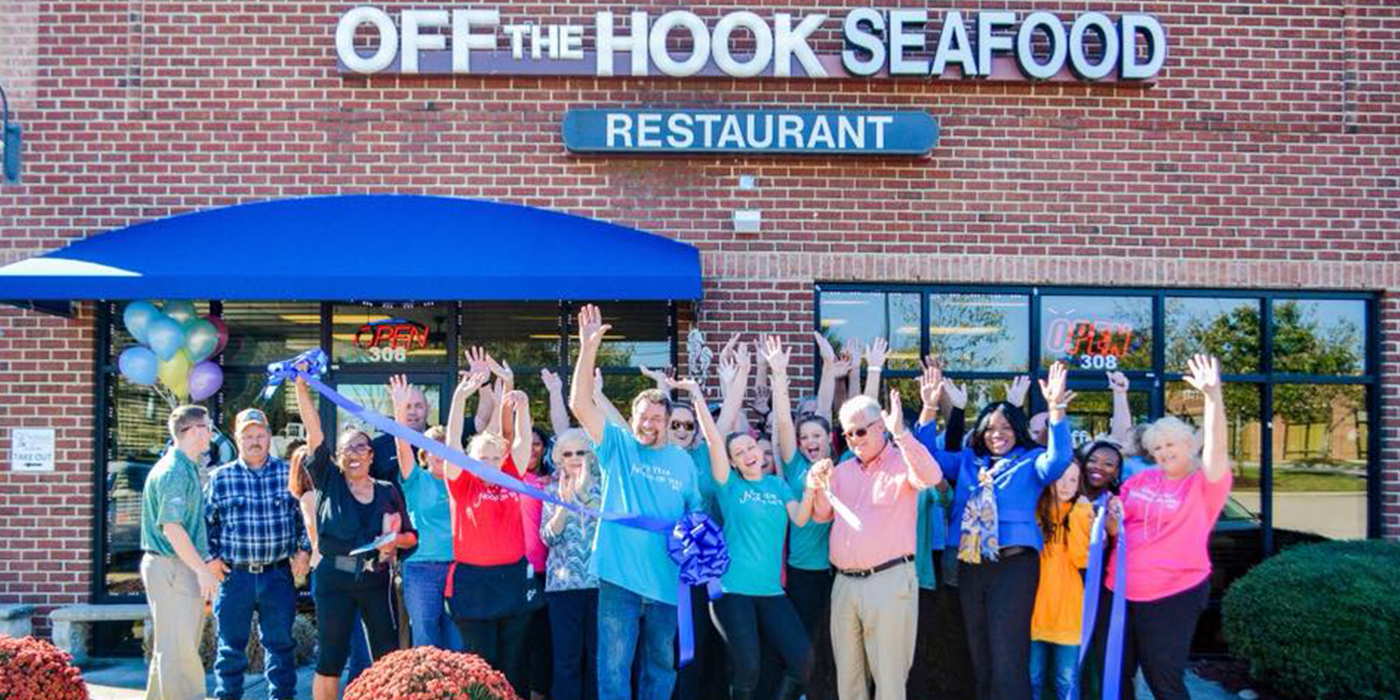In a world overloaded with data and distraction, it’s not the numbers or features that move people—it’s the narrative. The smartest businesses understand that the most compelling pitch, the most lasting culture, and the most loyal clients are all born from good storytelling. Crafting a message that resonates isn’t about fluff or fiction; it’s about tapping into something real and relatable. When told well, a story doesn’t just explain the business—it becomes the business.
Start With the Conflict, Not the Brand
A surprising number of corporate stories begin with the company’s mission or timeline, but audiences don’t want a chronology—they want a reason to care. The most magnetic stories open with a problem, a disruption, or a tension that reflects a real-world challenge. When a founder shares how they struggled to solve a problem that others silently suffer through, ears perk up. This strategy pulls the listener into a shared experience and creates investment before the pitch even arrives.
Make the Customer the Hero
It’s tempting for a company to paint itself as the main character, but that’s often where the audience starts to disengage. The more successful tactic is to shift the spotlight onto the customer, positioning the brand as a supporting guide. This technique borrows from classic storytelling arcs, where the hero faces a challenge and meets a mentor who offers tools and wisdom. Brands that cast clients as protagonists help audiences see themselves in the story—and envision their own win.
Use Language That Breathes, Not Buzzwords
There’s a kind of jargon that creeps into corporate storytelling like mildew—phrases that might sound impressive but land flat. Terms like “synergy,” “game-changer,” or “innovation pipeline” may check boxes, but they rarely stir emotion. The stories that stick use language that feels alive, conversational, and precise. Saying “we helped a local grocer keep their doors open during a blackout” hits differently than “we optimized SME continuity using proprietary systems.”
Visuals That Say What Words Can’t
Sometimes the most powerful part of a story isn’t what’s said—it’s what’s seen. AI-generated images offer a way to quickly produce original, emotionally resonant visuals that match the tone and message of your narrative. By integrating a text-to-image tool into your workflow, you can streamline the creation of compelling graphics that elevate your brand’s story without relying on stock photography. For a fresh take on how to bring visuals into your storytelling toolkit, check this out.
Build Around Moments, Not Metrics
Data may support a story, but it rarely drives it. A well-placed statistic might reinforce a point, but the moment that lingers is almost always a lived one. Investors don’t remember percentages—they remember how a single mom used a company’s platform to build a side hustle into a stable income. Employees don’t rally around quarterly goals—they rally around stories that remind them why the work matters. Turning milestones into moments gives stories their emotional weight.
Change the Medium, Keep the Message
Not all stories need a podium or a pitch deck. The best storytellers adapt their narratives to fit where the audience lives—whether that’s in a Slack channel, a video message, a live demo, or a 60-second social clip. While the medium might change, the heart of the story should remain intact. This kind of flexibility helps leaders reach clients, investors, and teams where they are without diluting the soul of the story.
Let Employees Tell the Truth
Authenticity can’t be outsourced. When employees share their own experiences—why they joined, what keeps them, what they've learned—those stories carry a truth that no executive script can fake. These voices serve as both culture-builders and brand ambassadors, creating internal pride and external trust. The smartest companies make space for these stories to surface naturally and protect their rough edges, because polish often polishes away the truth.
Rehearse Less, Relate More
Over-rehearsed stories can feel like sales theater—tight, controlled, and distant. Audiences respond better to a story that unfolds like a conversation rather than a commercial. That doesn’t mean going in unprepared; it means prioritizing connection over perfection. A story that’s slightly messy but deeply felt will always outlast one that’s flawless but forgettable.
Storytelling isn’t an accessory to business—it’s the strategy that shapes how people feel, act, and believe. Whether it’s winning over a skeptical investor, motivating a team through change, or turning a passive audience into lifelong customers, the right narrative carries the weight. Businesses that invest in this craft—not just in what they say, but how they say it—don’t just gain attention; they earn loyalty. And in a landscape of endless options, loyalty might be the most valuable return of all.
Discover the business community in Rolesville by visiting the Rolesville Chamber of Commerce and unlock opportunities for growth and collaboration!










